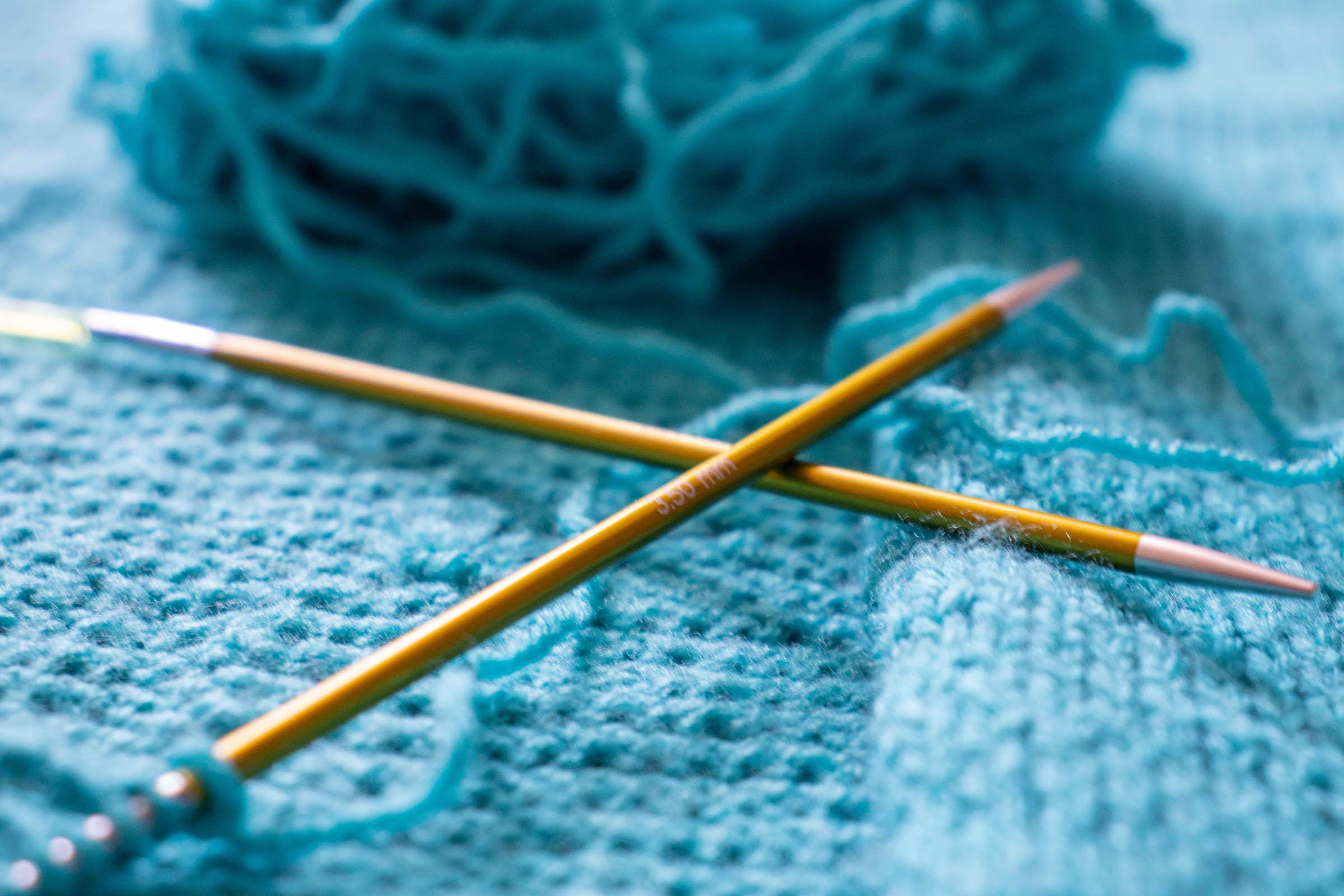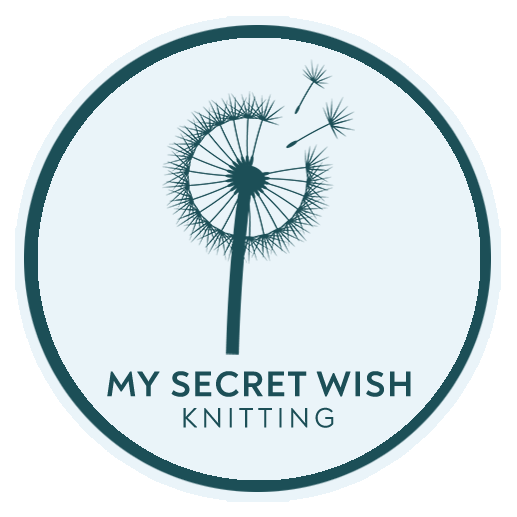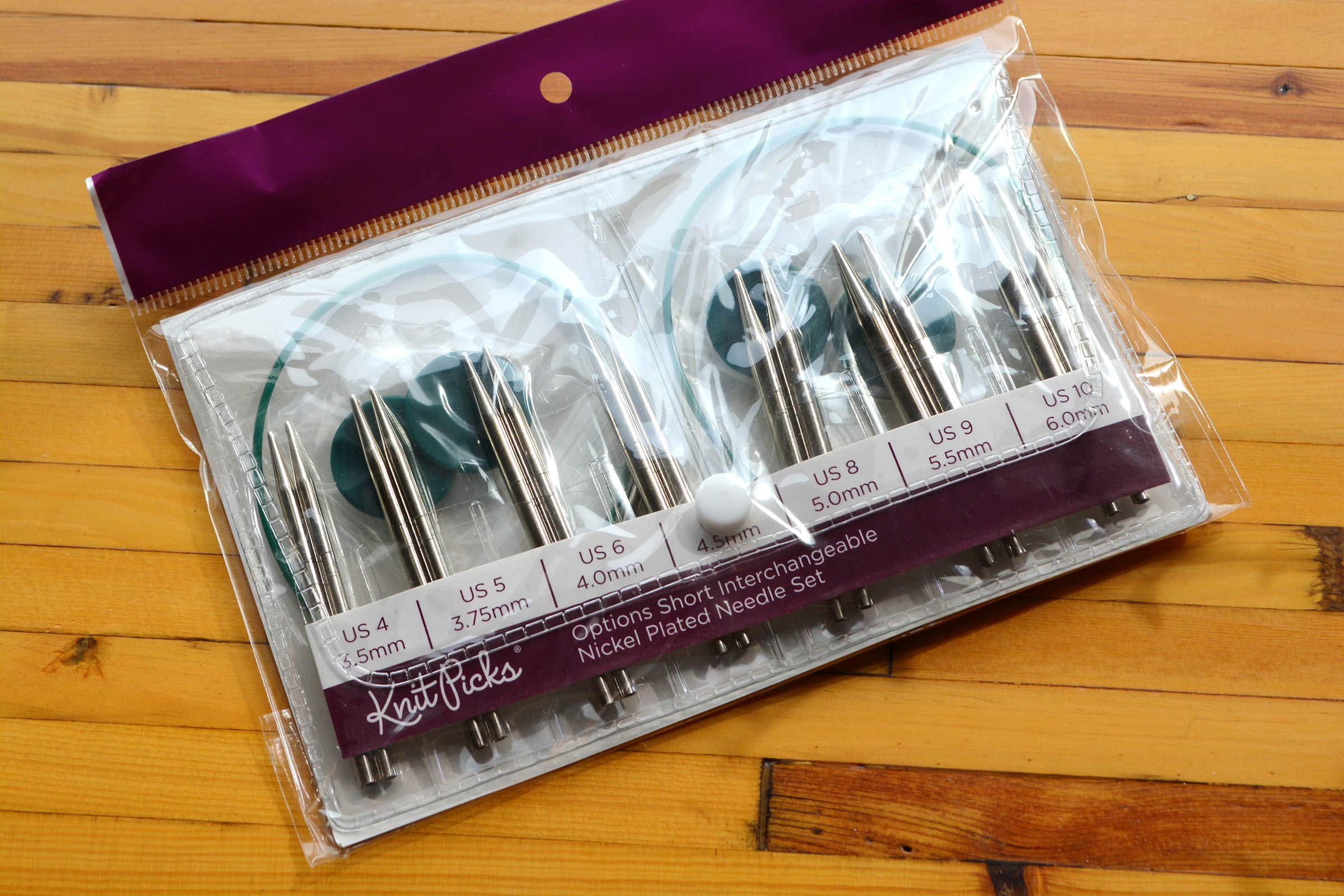
How to Knit
Lesson Two: How to Choose Needles for Your Knitting Project
Choosing Needles
When you go to pick out your first set of knitting needles, the variety can seem overwhelming. Do you get bamboo or metal? Straight or circular? And what if the store doesn’t carry needles that use the size system called for by your pattern?
Never fear. By the end of this lesson, you’ll be able to navigate the needle aisle of your Local Yarn Store (LYS) like a pro! (And if not, just ask someone for help. The people who work there love to help new knitters like you get your knitting legs under you.)
Onward!
Needle Sizes
Different countries have different systems for denoting needle size. The Canadian system uses the diameter of a needle in millimetres. In the United States, the United Kingdom, and Japan, needle sizes have their own measuring systems based on ascending or descending numerical values, depending on the country. The Canadian 6.0 mm needle size is equal to US size 10, UK size 4, and JPN size 13.
Because both the US and UK systems skip some needle sizes, most patterns will have metric listed alongside whatever other system may be employed. And Japan’s system goes up by strict 0.3-millimetre increments, as opposed to Canada’s system, which goes up by quarters, halves, and whole millimetres. So it doesn’t cross over well to the other systems. (The 6.0 mm needles are an exception, not the rule.)
If you need to find a local equivalent to what a pattern calls for, use the following printable and screen-reader-accessible knitting needle size conversion chart:
And, as always, be sure to check your gauge, because everyone knits differently. Needles in a pattern should be considered recommendations—if you can’t match gauge using them, then you need to switch to a different size. We’ll cover how to check gauge and adjust for different gauges in the lesson on “Making a Gauge Swatch”.
Most needles have their sizes embossed on them in some fashion, but not all do. I highly recommend you get a needle gauge, which is a small disc-like or ruler-like tool perforated with holes of various sizes that are labelled with their needle size. Slip your needle into the holes until you find the one that fits perfectly to discover its size. Needle gauges are just the ticket to help you figure out the size of that random double-pointed needle you just discovered at the bottom of your knitting notions kit so you can reconnect it with its set. (We’ll talk about other knitting notions in the next lesson.)
Needle Types
Your pattern probably calls for a specific type of needle—straight, circular, or double-pointed. It helps to know how to use each type, and when one can be substituted for another.
Straight Needles
Straight needles are pointed on one end with a stop or guard on the other. They’re used for flat (or back-and-forth) knitting. Most beginner patterns use this type of needle.
This needle type works best for projects that can be worked in pieces and seamed, or scarves and baby cardigans knit in one piece that won’t get too bunched when the entire project is on a single needle.
Circular Needles
Circular needles have two pointed ends at the appropriate needle size connected by a flexible cable. The cables come in various lengths and can either be fixed permanently to the ends or have interchangeable ends. (The ones pictured have interchangeable ends.)
Circular needles (not to be confused with cable needles, though they have a cable) can be used for knitting flat or in the round (also known as circular knitting). Choose a cable length that is approximately the same or slightly shorter than the circumference of your project. But if your cable is too long, that’s okay—you can still use it by pulling the excess length of cable out between stitches in a loop. You will continually have to do so as you work around your project, however. (This is known as the Magic Loop Method, which you can learn more about here.)
When knitting in the round, you would only ever knit from the same end of the circular needle to the other, no turning required.
So why would you use circular needles for back-and-forth (flat) knitting? Some projects that are knit flat are too large and bulky for straight needles, which are usually no longer than 14 inches (or 35 centimetres). Think afghans, large cardigans knit in one piece, sprawling shawls, etc. For these types of projects, you can use circular needles. Circular needles also offer the advantage of supporting the weight of these heavy projects on the cable instead of on your wrists, as straight needles would require.
To use circular needles for flat knitting, choose a very long cable, at least 40 inches (or 100 centimetres), and simply treat the two ends as though they were straight needles. In other words, work your first row, then turn the work as you would for straight needles and work your way back.
Some circular needles even come with needle stoppers so you can convert them to flexible “straight needles” by swapping out an interchangeable end on the cable for a stopper. In that case, two shorter cables will do the trick.
A collection of interchangeable needle tips with short cables and needle stoppers from Knit Picks.
Double-Pointed Needles
As the name suggested, double-pointed needles (abbreviated as dpns) have points on both ends and are used for knitting in the round. They come in sets of at least four—three for holding your stitches and one for working your next stitches onto—and they range in length from four inches (or 10 centimetres) to nine inches (or 23 centimetres)—or longer. (I have a vintage set that is a whopping 14 inches, or 35.5 centimetres long!)
Double-pointed needles can also be used as flat needles for very small projects that are shorter than the length of the needle, such as a gauge swatch.
Cable Needles
Cable needles are used for holding stitches away from the main work when creating cables and texture stitches so the stitches can be knit out of order. Cable needles can be shaped like a hook or a double-pointed needle with a bend in it, or just a short double-pointed straight needle.
If you need this type of needle, your pattern should say so in the Notions section.
Needle materials
This needle roll contains straight needles and double-pointed needles as well as crochet hooks in a variety of sizes. Materials include metal, bamboo, plastic, and wood.
Needles can be made from a variety of materials. The most common are plastic, wood, bamboo, or metal. Each material feels different to work with, grabs yarn differently, and makes different amounts of noise as you work.
The type of needle you use will mostly be based upon availability and personal preference. For most projects, I prefer wood or bamboo needles because they are quieter and have a little more friction than metal, so the stitches don’t slip off when I don't want them to. They feel nicer to my hand than plastic, are warmer to hold than metal, and they’re not as easily bent.
The down side is that for fine gauges, wood needles can break easily. If you find this to be the case, metal is a good second choice. However, I don’t recommend metal needles for beginners, as stitches tend to slip off of them very easily.
In the next lesson, we’ll cover other essential tools you’ll need for your knitting project.
Application Point
Check your selected pattern to see what size needles the designer recommends and pick those up while you’re at the yarn store. If you don’t have a pattern selected, look at the label of the yarn you chose and purchase needles in the size the gauge is given in.
Before you leave the store, go through the knitting notions in the next lesson to see what tools you need to add to your kit right away.






